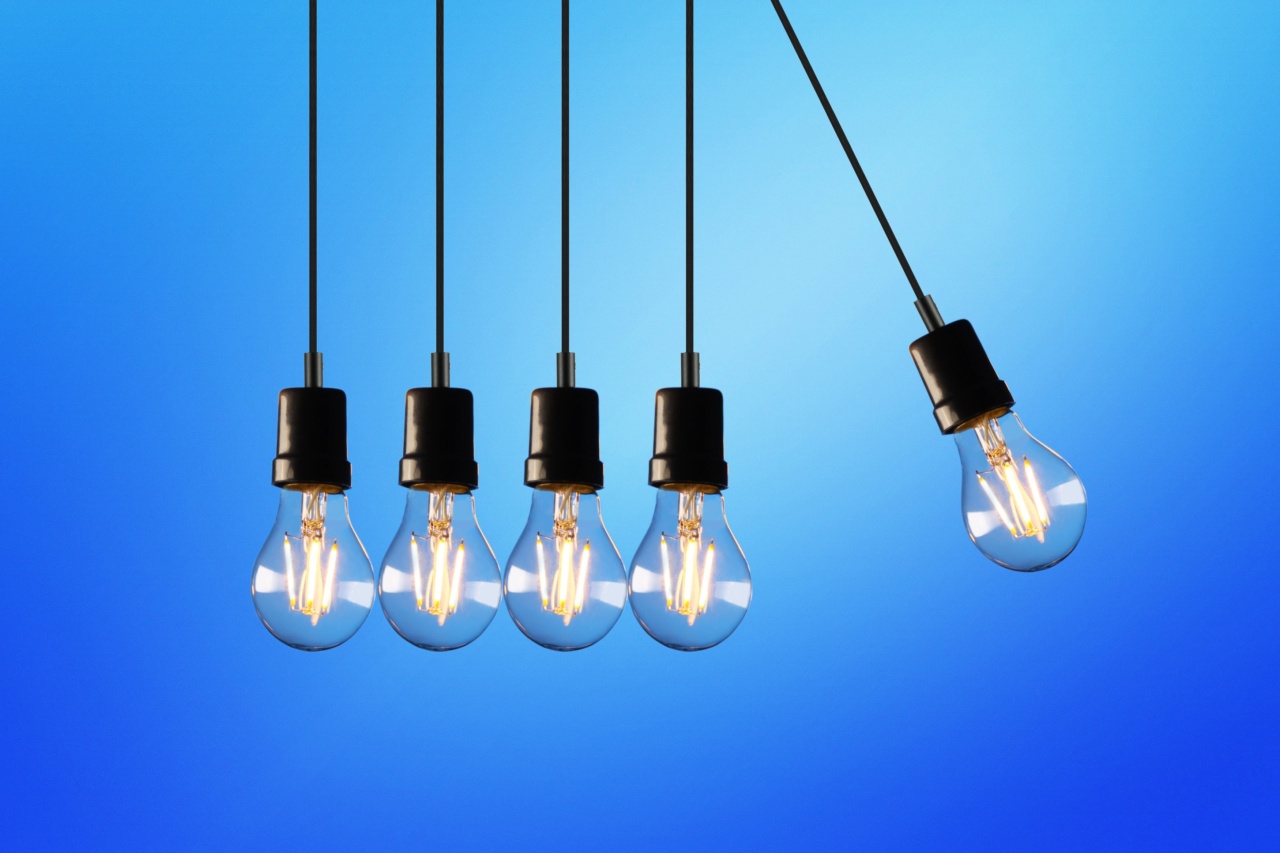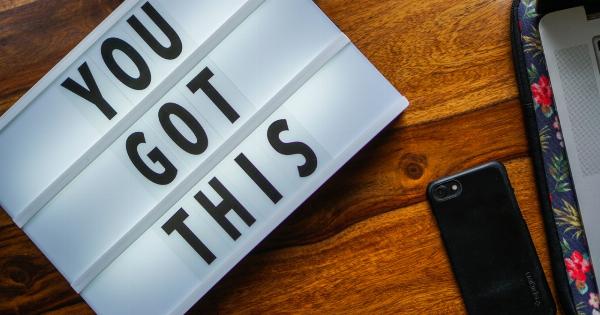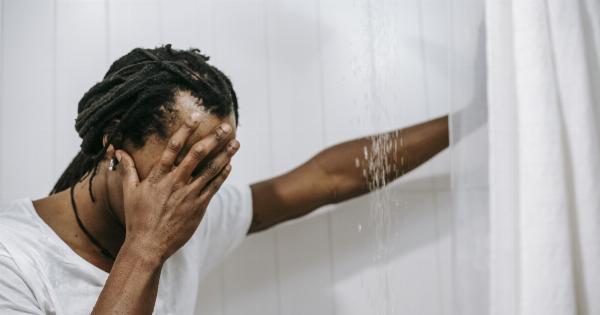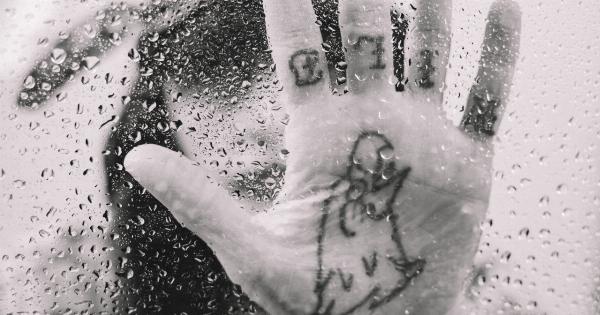Stroke is a medical condition that occurs when the blood supply to the brain is interrupted, either due to a blockage or a burst blood vessel. This interruption can cause brain damage and lead to a wide range of physical and cognitive symptoms.
The effects of stroke can vary widely depending on the severity and location of the damage. Indeed, no two stroke survivors experience the same symptoms or recovery process. However, there are some general patterns that tend to hold true across many stroke cases.
The Physical Effects of Stroke
The physical effects of stroke are among the most noticeable and debilitating. Stroke survivors may experience difficulty with mobility, including weakness on one side of the body, balance problems, and trouble walking.
They may also experience muscle stiffness or spasticity, which can make it difficult to move the affected limb(s). In some cases, stroke survivors may lose control of their bladder or bowel movements, which can be a source of great embarrassment and discomfort. Physiotherapy and occupational therapy can be helpful in addressing physical symptoms of stroke.
The Cognitive Effects of Stroke
While the physical effects of stroke are often the most visible, the cognitive effects can be just as significant. Stroke survivors may experience cognitive deficits, including difficulty with memory, attention, language, and spatial awareness.
They may struggle to communicate effectively or perform everyday tasks, such as dressing or cooking. In some cases, they may experience depression or anxiety, which can exacerbate other symptoms. Rehabilitation aimed at improving cognitive function can often help with these symptoms.
The Emotional Impact of Stroke
The emotional impact of stroke should not be overlooked. Many stroke survivors experience a range of emotions, including grief, anger, frustration, and sadness.
They may feel a sense of loss for their previous abilities or feel overwhelmed by the task of recovery. Support groups and counseling can be an essential part of the recovery process, helping stroke survivors work through their emotions and find a sense of community.
The Recovery Process
Recovering from a stroke can be a long and challenging process. Depending on the severity of the stroke, survivors may spend weeks or months in the hospital and/or inpatient rehabilitation facilities.
Once they are discharged, they may continue with outpatient rehabilitation. Rehabilitation often involves a combination of physical, occupational, and speech therapy, as well as counseling and support. The goal of rehabilitation is to help stroke survivors regain as much function and independence as possible.
However, in some cases, survivors may experience lasting deficits that require ongoing support.
The Role of Caregivers
Caregivers play a critical role in the recovery process for stroke survivors. They may help with daily tasks such as bathing, dressing, and feeding. They may also help with rehabilitation exercises and provide emotional support.
Caregivers may need to advocate for the needs of the stroke survivor, especially when it comes to accessing resources and support. It’s essential for caregivers to take care of their own physical and emotional health as well.
Preventing Stroke
Preventing stroke is the best way to reduce its impact on individuals and society. Some of the most effective ways to prevent stroke include:.
- Eating a healthy diet that’s low in cholesterol, salt, and saturated fat
- Exercising regularly
- Not smoking
- Maintaining a healthy weight
- Managing chronic health conditions, such as high blood pressure, diabetes, and high cholesterol
Conclusion
Stroke is a serious medical condition that can have significant physical, cognitive, and emotional effects. However, with the right rehabilitation and support, many stroke survivors are able to regain much of their function and independence.
Caregivers play a crucial role in the recovery process, and preventing stroke is the best way to reduce its impact on individuals and society.































